- July 17, 1357. Locust plague in Tortosa (a)
- February 2, 1373 . Earthquake in the Ebro valley
- November 10, 1448. Flooding in Tortosa (a)
- December 12, 1506. The Ebro River froze over in Tortosa. People crossed the Ebro River walking (a)
- May 21, 1582. Flood of Ebro River. The level was 6 m above the low water level (c)
- February 12, 1603. Due to the snow, some houses fell down in Barcelona, Tortosa and Lleida (a)
- 1932 Snow covered ground with a thickness of 6 cm
- September 28, 1605. In Tortosa the Ebro River overflowed. The water level was 5 meters height (a)
- November 5, 1617. Flooding in Tortosa, one of largest known, as the waters reached an altitude of 8.53 meters (a)
- December 30, 1624. The Ebro River froze over in Tortosa (a)
- August 20, 1691. A whirlwind in Tortosa, at 8 am, took upstream the 10 boats bridge over the Ebro (a)
- January 11, 1694.The Ebro River froze (e)
- January 11, 1709. The Ebro River was frozen (e)
- January 11, 1712. The Ebro River was frozen (e)
- October 8, 1787. Flooding in Tortosa. The water level was 8.73 meters height (a)
- October 9, 1787. Flooding in Xerta, where the water level reached 16 meters. In Tortosa, there were 85 victims, with a water level of 8.73 meters (a)
- December 29, 1788. The Ebro River froze over in Tortosa (e)
- September 9, 1845. The level of the Ebro River increased more than 20 hands (4 m) it usual level. At 6 am the overflow of the Rastre’s ravine caused the fall of the Hospital. 7 people died (b)(e)
- May 26, 1853. Flooding in Tortosa. The water reached 7.4 meters. The swollen river swept along the boat bridge (a)(d)
- October 20, 1866. 4 inches of water in the Immaculate convent by overflow of Rastre ravine (b)
- October 5, 1874. The Rastre’s ravine overflowed. More than 8 inches of water in the Immaculate convent. 7 gates and two walls knocked down. In the church, the water came up to the pulpit and the image of St. Mary Magdalene floated overnight. Two nuns were about to die (b)
- January 18, 1891. The latest time that Ebro River froze over at Tortosa. Some authors mentioned temperatures of -9.5 C (c)
- October 23 1907. Flooding in Xerta. The water reached the 15.65 meters. 29 people died and 110 houses fell. On the streets of Tortosa there were 3.5 meters of water (a)
- February 24, 1916 Reported 3 cm of snow on the ground
- August 5, 1916. At 14:25 hours a meteorite fall was sighted. A light in NS direction was visible, as well as a trail of smoke, and finally an explosion was felt. The fireball fallen into the sea near Peniscola
- December 19, 1920. 13 cm of snow on the ground
- January 14, 1926. Snow depth of 5 cm
- November 11, 1932. Earthquake with epicentre near Aldover
- January 1, 1937. 11 cm of snow was measured
- January 22, 1940. 1.5 cm of snow covers the ground
- January 25, 1941. The River Ebro reached 7.30 m above the level of low water
- September 16, 1943. A total precipitation of 265 mm was recorded in 19 hours. It is the daily maximum precipitation never measured at the Observatory
- January 12-13, 1945. 11 cm of snow on the ground
- January 16-17, 1946. 13 cm of snow on the ground
- January 25, 1947. 3 cm of snow on the ground
- February 11, 1956. Minimum temperature never recorded at Ebro observatory. The value was -6.4 C
- January 11, 1960. Snow depth of 6 cm on the ground
- September 20, 1972. In Sant Carles de la Rapita the precipitation was 307 mm in 24 hours (a)
- July 7, 1982. The maximum temperature was 43.0 ° C, which is the largest value recorded at the observatory
- November 9, 1982. In Tortosa the river level was 7.5 m above the usual
- March 26, 1983. The anemometer recorded a value of 158.8 Km/h NW at 07:26 (TU) which is the largest value recorded at the observatory
- March1, 2005. 5 cm of snow on the ground
- November 29, 2014. A total precipitation of 336.1 mm was recorded by an automatic weather station operated by the Servei Meteorològic de Catalunya at the P.N. del Ports (f)
REFERENCES
(a) Agenda "El Tiempo 1995", Ministerio de Obras Públicas, Transportes y Medio Ambiente. Instituto Nacional de Meteorología
(b) Historia del Real Monasterio de la Purísima Concepción Victoria de Tortosa. Rafael María López Melús. 1986
(c) Historia de Tortosa y su comarca. Enrique Bayerri.1933
(d) Anales ó historia de Tortosa: desde su fundación hasta nuestros días. Daniel Fernández y Domingo. 1867.
(e) Anales de Tortosa e Historia de la Santa Cinta. Ramón O'Callaghan. 1886
(f) Servei Meteorològic de Catalunya.

